Artificial intelligence has given rise to an impressive array of innovations, ranging from immersive virtual environments to mind-boggling generative art. AI NFTs are reshaping the landscape of digital ownership and creative expression. Let’s look at ten game-changing AI use cases guiding us toward unexplored horizons.
Leveraging AI to create NFTs
Delving into the intricate realm of AI NFTs reveals a captivating fusion of technology and artistic expression. Within this transformative landscape, people harness the power of smart algorithms to unlock new horizons of creativity. Through meticulous training, deep neural networks, and so on, intelligent systems analyze and interpret diverse datasets, seamlessly amalgamating images, writing prompts, and sounds into collaborative artworks. This delicate interplay between human ingenuity and machine intelligence gives birth to diverse artworks.
AI-generated NFTs let us step into uncharted territory. Individuals can now materialize their artistic visions and transform them into unique assets. Blockchain-based tokens, minted and kept secure, provide unique avenues for ownership, buying, trading, and selling. As this growing area develops, questions arise concerning the influence it will have on the wider sector. Will the rising number of AI-created masterworks flood the market, making them less valuable and taking away the sense of uniqueness? Could the addition of technology-driven creativity bring in a new group of investors, resulting in a big change in the art economy?
There is an important issue worth attention when talking about this area. People involved should consider ethical and legal issues. Should credit be attributed to the creator of the algorithm, the trainer who instilled artistic sensibilities, or the seller of the resulting token? Crafting fair and transparent guidelines to navigate the uncharted terrain of AI-generated NFTs is of paramount importance, safeguarding the interests of artists and consumers.
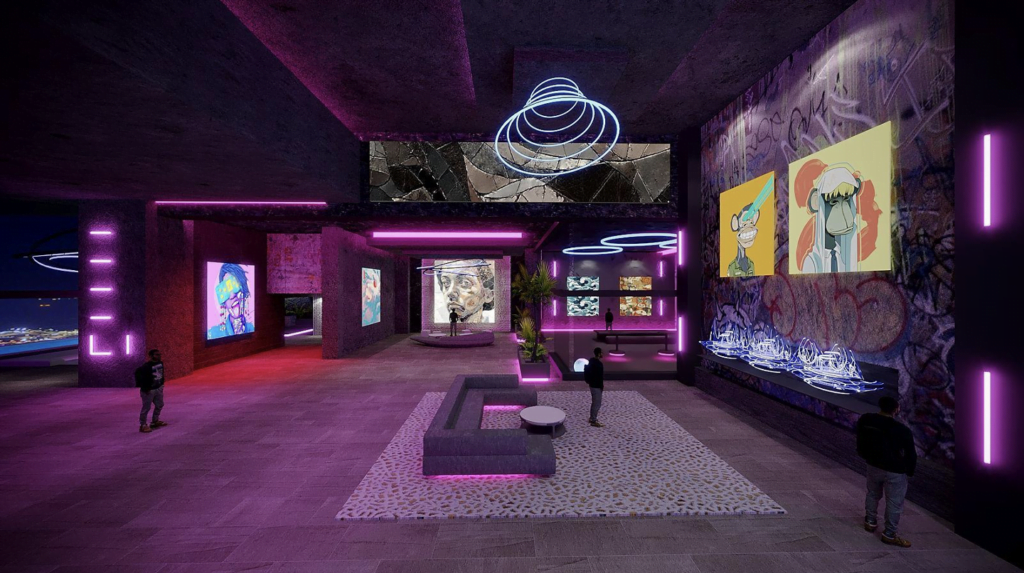
Leading platforms to generate NFTs
Nowadays, even individuals without specialized skills employ AI to create NFTs. If you want to contribute to this exciting area, pay attention to the following generator platforms:
- Midjourney
Midjourney gives users the ability to create stunning visuals with simple text prompts. Despite the free trial having restrictions, it gives a glimpse of the incredible image generation potential. Different levels of GPU time are available in the paid plans, such as Basic, Standard, and Pro, and the images made with these plans have commercial rights.
- DALL-E 2
This program can accept natural language instructions and generate a relevant picture. DALL-E 2 is particularly good at producing pieces in designated styles, including abstract or impressionist.
- Bicasso
Bicasso allows users to create tokens and list them on the Binance NFT marketplace. The generated pieces are easily customizable.
- StarryAI
StarryAI offers two primary generators for art and photography. You can access them through a website or mobile application. You can create up to 25 pieces per day free of charge, while paid subscriptions grant access to extra features.
- NightCafe
NightCafe has numerous followers and subscribers. It supports various algorithms and offers both reimagination and image generation from text prompts.
- Hotpot AI
The platform comes with a striking variety of features. Entire collections can be built with the help of the bulk function.
- AutoMinter
On AutoMinter, users can easily upload artwork for each layer of an NFT, which the service automatically combines to create the final product.
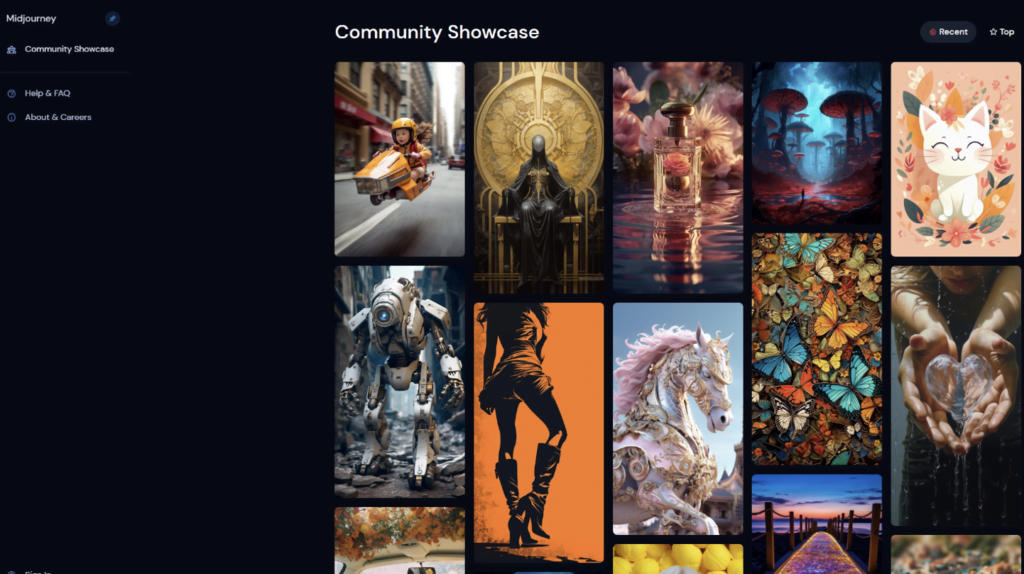
Ten use cases worth attention
Technology opens up vast arrays of opportunities. Let’s direct our attention towards ten particular domains where the intersection of AI and NFTs yields extraordinary results.
Generative art and AI NFTs
At first glance, it may seem that all technology-powered art falls into a single category. Both generative art and AI NFTs rely on code. Yet, beneath the shared characteristics lie crucial differences in their features and the impact of human input.
Randomness is often a part of generative pieces, which are created using the artist’s own code. Smart generators, in turn, employ code developed by engineers. The resulting works are based on prevalent patterns within a dataset.
From a technical standpoint, both generative and AI NFT pieces need technology to come to light. Despite that, the commands given by each type of code give off entirely different outcomes.
Art generators use a predefined dataset of images. Their algorithms identify patterns within the dataset and create outcomes based on the statistical dominance of those patterns. The artist’s involvement is minimal.
The speed and efficiency of AI-generated pieces raise questions about its impact on art, society, and the preservation of cultural heritage. As technologies evolve, the risk of erasing diverse perspectives and suppressing critical insights grows.
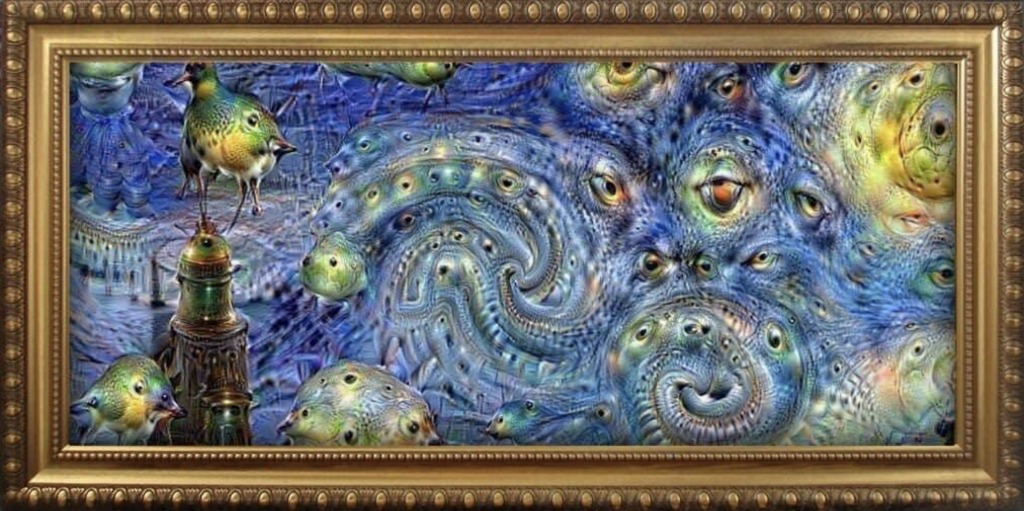
Technology-driven collectibles
Artificial intelligence has made an immense influence on the creation, sharing, and monetization of collectibles, presenting vast possibilities for artists, collectors, and investors.
As generated pieces are tokenized, collectors unlock unparalleled possibilities, where rarity and uniqueness take on an entirely new meaning. By analyzing user behavior and preferences, algorithms unveil relevant and personalized collections, enhancing the overall experience for creators and collectors, while fostering meaningful connections.
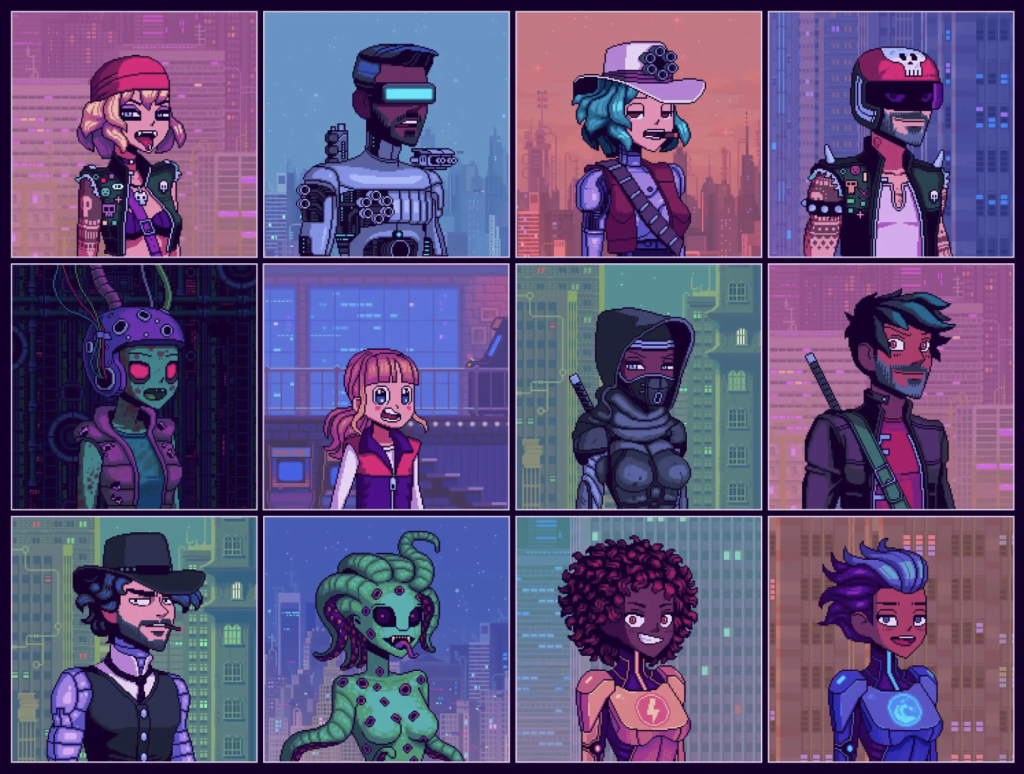
AI-assisted authentication
Ensuring the authenticity and provenance of digital collectibles is a paramount concern. Smart technology determines how we verify tokens, ushering in a new era of trust and transparency.
Algorithms analyze various aspects of an asset. By examining intricate details, they identify signs of tampering or forgery, providing a reliable means to establish the authenticity of a token.
Technology plays a pivotal role in tracking and verifying the provenance of tokens. By examining the digital footprints left behind by each asset, algorithms can create an immutable record of its ownership history, enabling collectors and investors to trace its origin and validate its legitimacy. Verifiable certificates of authenticity are linked to tokens.
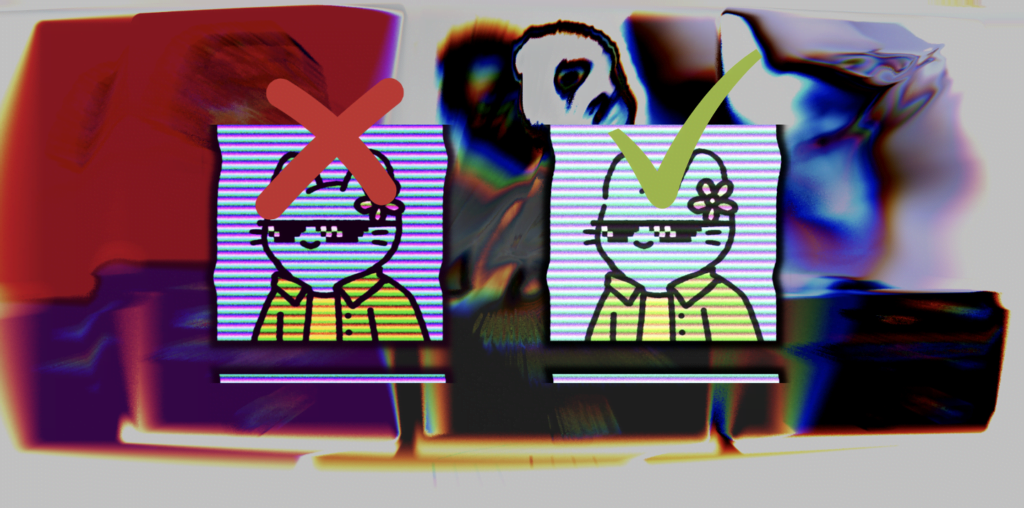
AI-driven pricing
Smart algorithms delve into excessive market data to uncover key indicators that drive the value of tokens. They take into consideration a multitude of factors (popularity, scarcity, historical sales, and the demand within the community).
Algorithms analyze social media trends, community engagement, and the online presence of an artist to gauge the level of interest and excitement surrounding a particular token. By examining the sentiment and conversations in the digital space, AI can assess the potential demand and include it in its pricing analysis.
Algorithms also evaluate the rarity of an asset based on attributes such as limited editions, unique features, or exclusive access. By comparing the supply and demand dynamics, they determine how scarcity influences the market value.
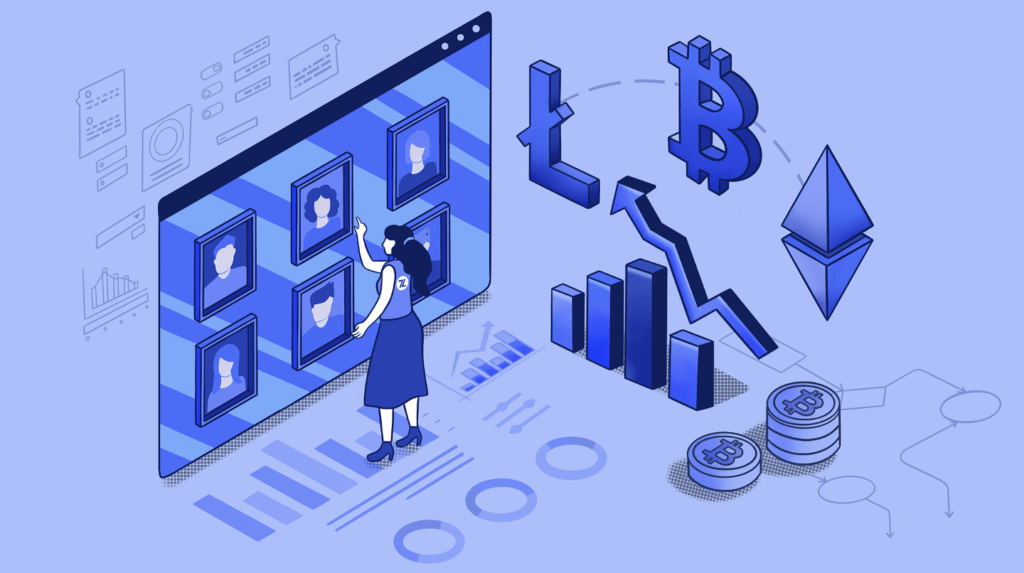
AI-powered marketplaces
These digital venues are meant to purchase, sell, and showcase tokens. Each of them functions under a specific set of rules, offering different types of tokens, payment options, and supported blockchains. By signing up for an account, users can access a large selection of tokens to buy. Some platforms utilize auctions, while others offer fixed-price transactions. The power of these platforms lies in their ability to record ownership changes on the blockchain, ensuring transparency and immutability.
According to Forbes, the leading platforms in 2023 are:
- OpenSea
This venue offers a diverse range of tokens. It supports core cryptocurrencies, helping people to transact with ease. It provides a clear UX, which is ideal for beginners.
- Rarible
Rarible facilitates the buying and selling of various assets. Its core feature is decentralization. The community can have their say over the platform’s policies with the help of RARI, the native token. Rarible has teamed up with Adobe to improve the confirmation and safeguarding of data about digital content.
- NBA Top Shot
This platform provides an ideal location for basketball fans. This system allows users to purchase tokens that commemorate great basketball moments, such as video clips, plays, and artwork.
- Binance NFT
Famous for being one of the major cryptocurrency exchanges, Binance has its own NFT marketplace. There are plenty of digital assets to choose from. The platform takes just a 1% fee for trading, which makes it easier for collectors and investors to save money.
- Nifty Gateway
The platform has become well-known for its high-value and exclusive sales, like Pak’s “The Merge” ($91.8 million). It focuses primarily on art, featuring creations from renowned authors.
- SuperRare
The platform is regarded as a top-tier art gallery. It keeps very strict standards for selection, making sure only the best and most exceptional art is displayed. The primary market incurs a 15% fee charged by the platform, with buyers paying a flat 3% fee on any further transactions.
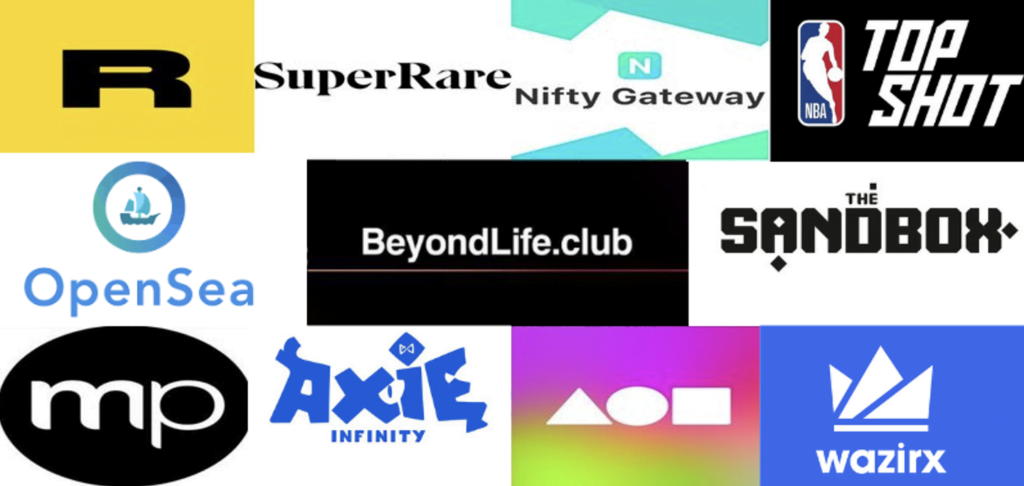
AI-generated music and sound NFTs
AI is capable of creating compositions, melodies, and soundscapes. These are easily tokenized. Musicians and fans alike have been fascinated by this, pushing the limits of what’s achievable in the world of music.
As generated music is gaining traction, interested parties see the necessity of solid frameworks for royalties and remunerations. Musicians often work together with machine learning engineers to educate neural networks on their music, making sure that both sides have a mutual agreement that abides by copyright laws.
Despite legal complexities, the field continues to flourish. Digital venues like Uberduck offer audio deepfakes of voices, a technology known as AI voice transfer. However, it is crucial for developers to obtain permission from the copyright owners of the original songs and recordings when training models on copyrighted material.
Engineers have had a long history of experimenting with music, but the availability of cloud services like Google Colab has made it easier for a wider range of people to partake.
Notable music generators have emerged in 2023, showcasing the potential of these technologies. Platforms like Rave 2, JukeBox, Dance Diffusion, Catch a Waveform, Riffusion, and VKTRS on HuggingFace have demonstrated impressive capabilities of music creation.
AI-powered gaming NFTs
Smart technology could change the way we design and play games. Virtual environments and in-game assets are being greatly impacted by it.
Minecraft and No Man’s Sky employ procedural generation and randomization to generate constantly evolving and distinctive environments for players. By blending pre-designed elements with smart algorithms, these games maintain their novelty and captivation, ensuring that every playthrough brings fresh challenges and unique encounters, making them highly replayable.
Through the utilization of artificial intelligence, player data analysis becomes a powerful tool in generating personalized in-game components that cater to individual preferences and gaming history. This innovation enables developers to provide targeted and meaningful content, enriching the customization and immersion of the gameplay experience. Moreover, the integration of NFTs within video games grants players ownership and customization abilities over in-game assets, fostering dynamic in-game economies where asset trading and exchange thrive. This synergy creates a strategic and gratifying gaming environment for players to explore.
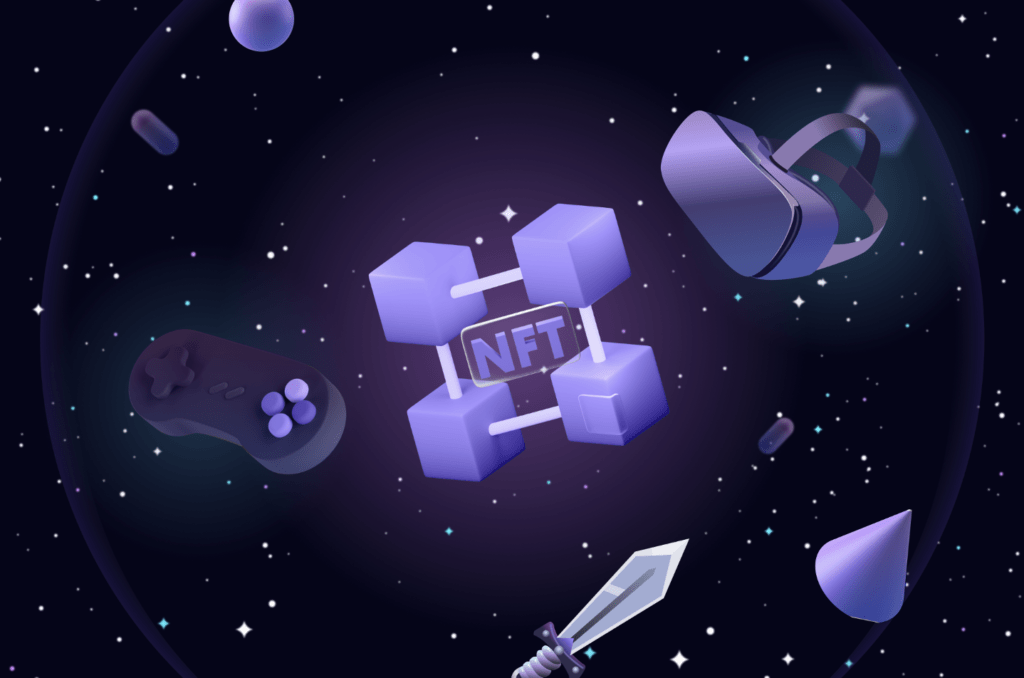
AI-driven content creation
Artistic imagination and expertise have been the cornerstone of content creation for ages, but this process can be long-winded and constricted by human capacity. Nowadays, intelligent algorithms augment our creativity.
By investigating massive collections of existing artwork and utilizing ML techniques, algorithms can recognize the designs, images, and approaches employed by various artists. This grasp of information enables AI to create pieces that are similar to certain artistic modes or mix components from various styles to make works that are unique and visually appealing.
Algorithms help to craft animations and virtual worlds. They animate characters and objects to life with the help of deep learning and computer vision techniques.
Incorporating smart algorithms into content creation also leads to immersive experiences. Technology can interpret and analyze textual and visual information to generate interactive and responsive virtual experiences.
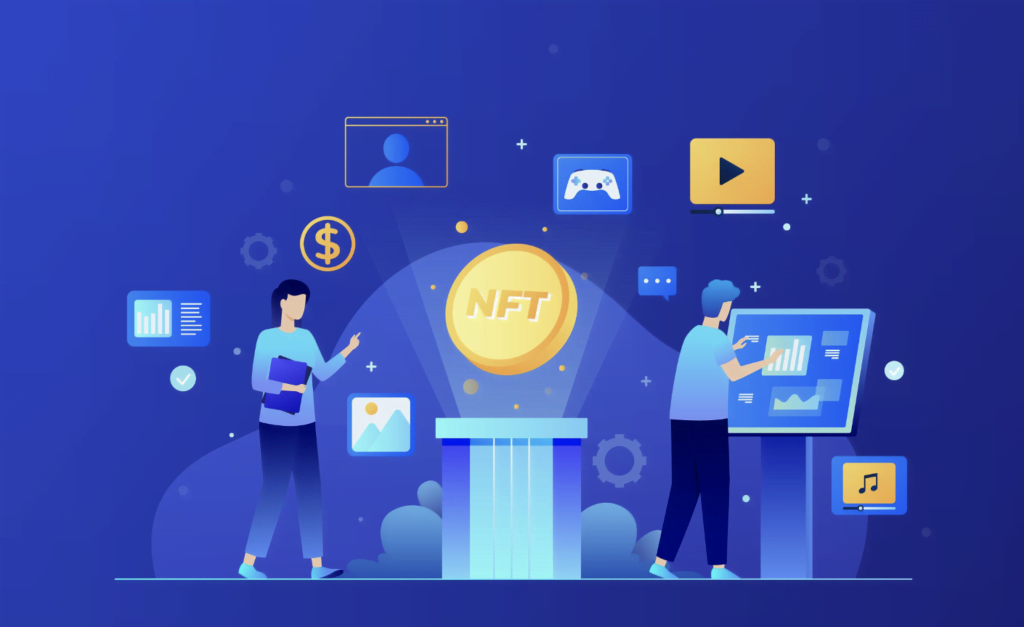
Enhanced metadata
Traditionally, metadata has included basic information such as the title, artist’s name, description, and date of creation. While these details are essential, algorithms take metadata analysis to a whole new level.
By analyzing the descriptions, tags, and associated text, algorithms can extract key themes, concepts, and emotions present in the artwork or collectible. This in-depth understanding enables viewers and collectors to appreciate the underlying narratives, symbolism, and artistic intentions. Additionally, artificial intelligence can perform sentiment analysis to gauge the emotional tone and reception of the artwork, providing insights into how it resonates with the audience. It also examines the visual elements, colors, compositions, and styles present in the artwork or collectible. By recognizing them, it categorizes and classifies tokens.
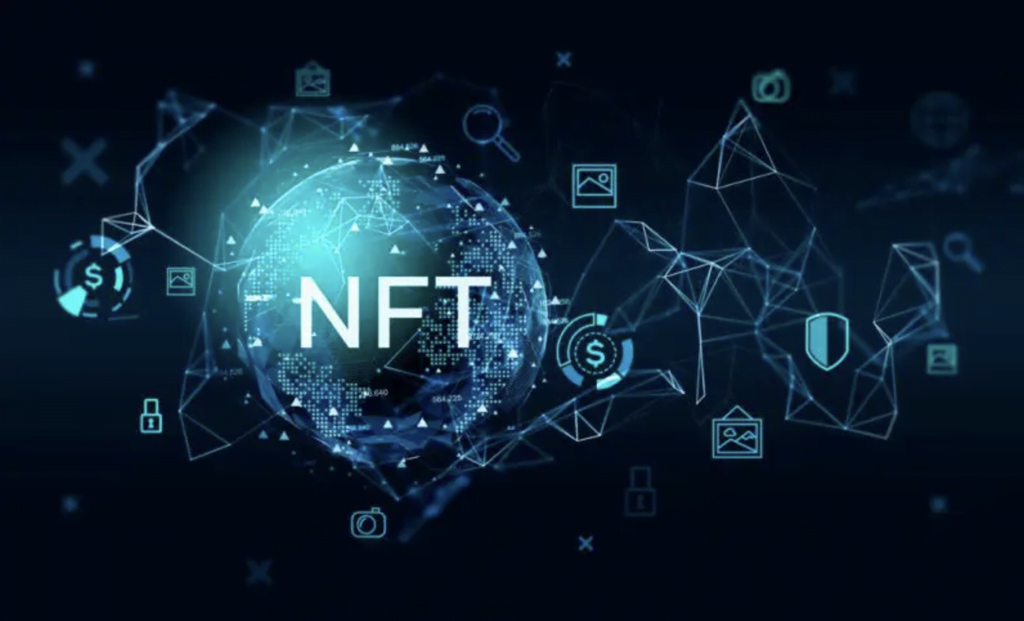
Smart market predictions
Pioneering models are being designed to forecast developments and calculate the future worth of NFTs, transforming the way we enter this area.
Algorithms consider a wide range of factors simultaneously. They process and analyze massive datasets in real time, identifying patterns and correlations that may not be apparent to human observers. This comprehensive analysis enables models to capture complex market dynamics and provide valuable insights into emerging trends, popular themes, and evolving collector preferences.
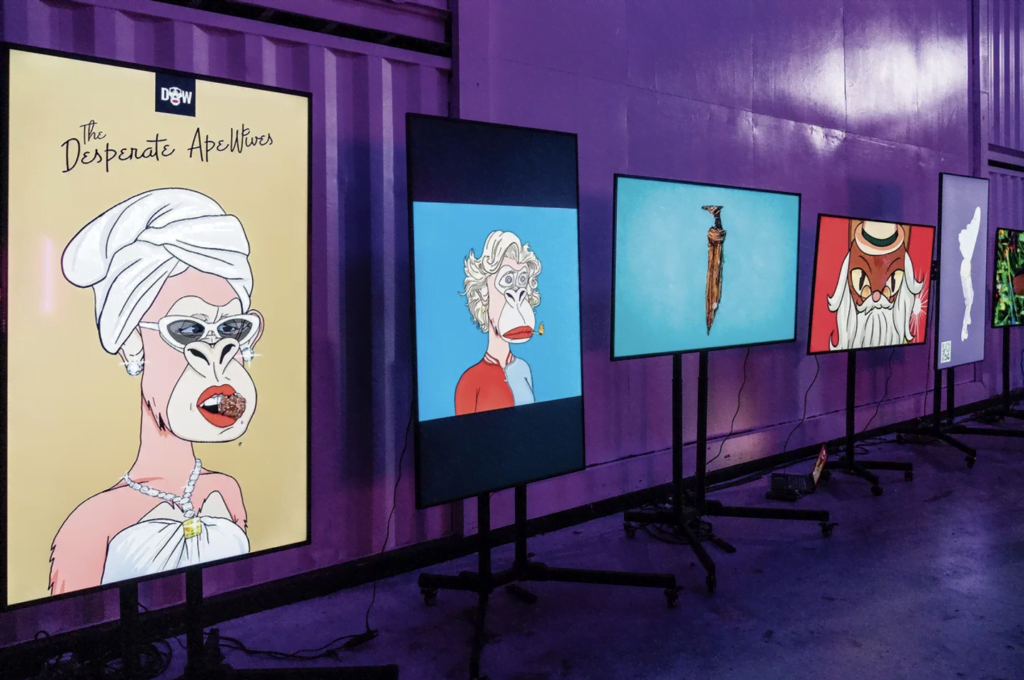
Conclusion
From immersive gaming experiences to innovative content creation, the potential of AI NFTs is limitless. They invite us to embark on imaginative explorations, unlocking the boundless potential of our creativity while redefining the fundamental concepts of ownership and value.
Whether you are an artist pushing the boundaries of your craft, a collector in pursuit of rare treasures, or an NFT token development company on a mission to revolutionize the industry, this is your chance to join the extraordinary evolution and become a trailblazer.
Author

The views and opinions expressed in this guest post are solely those of the author, and do not necessarily reflect the official policy or position of NFT News Today.





